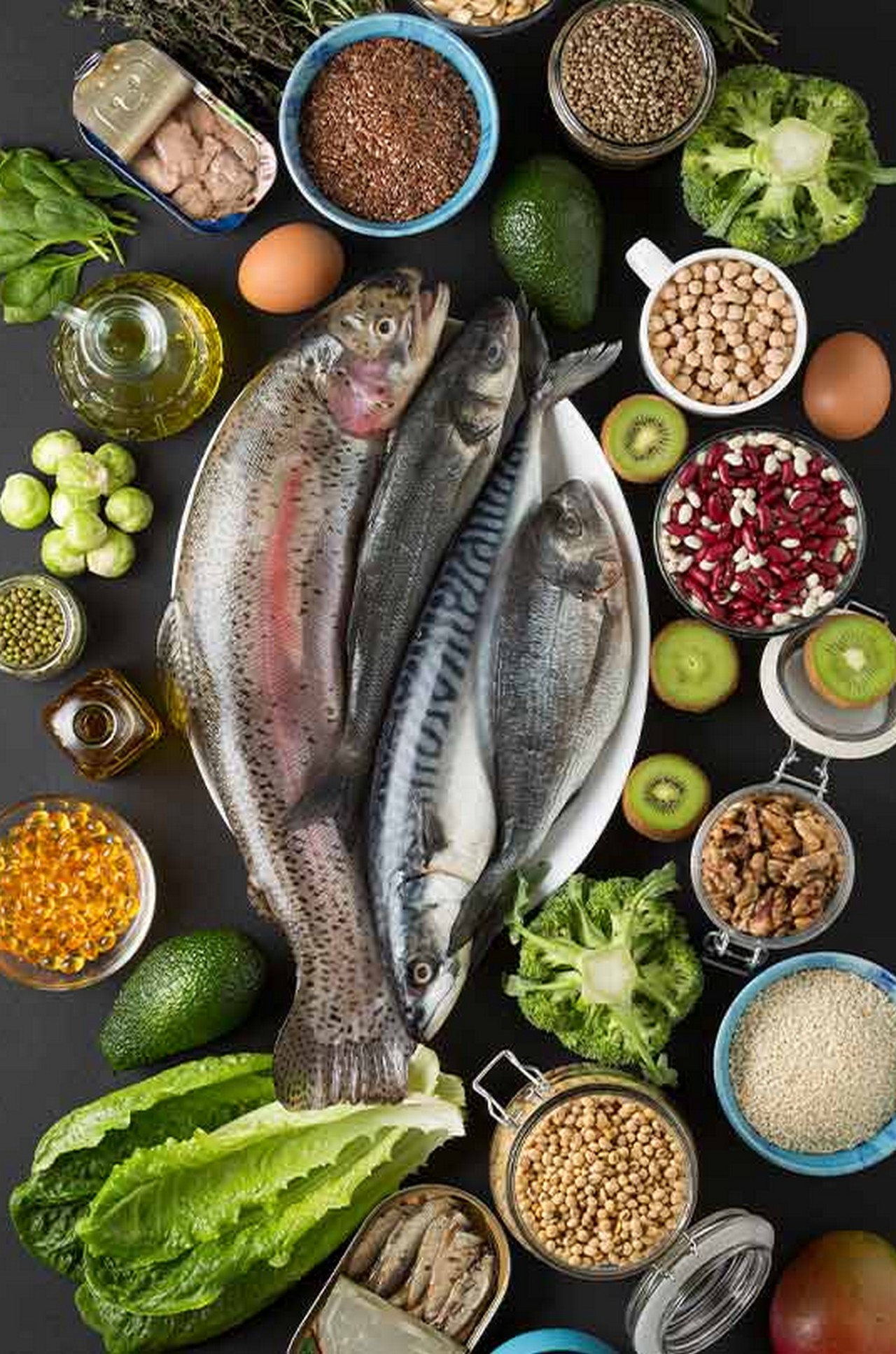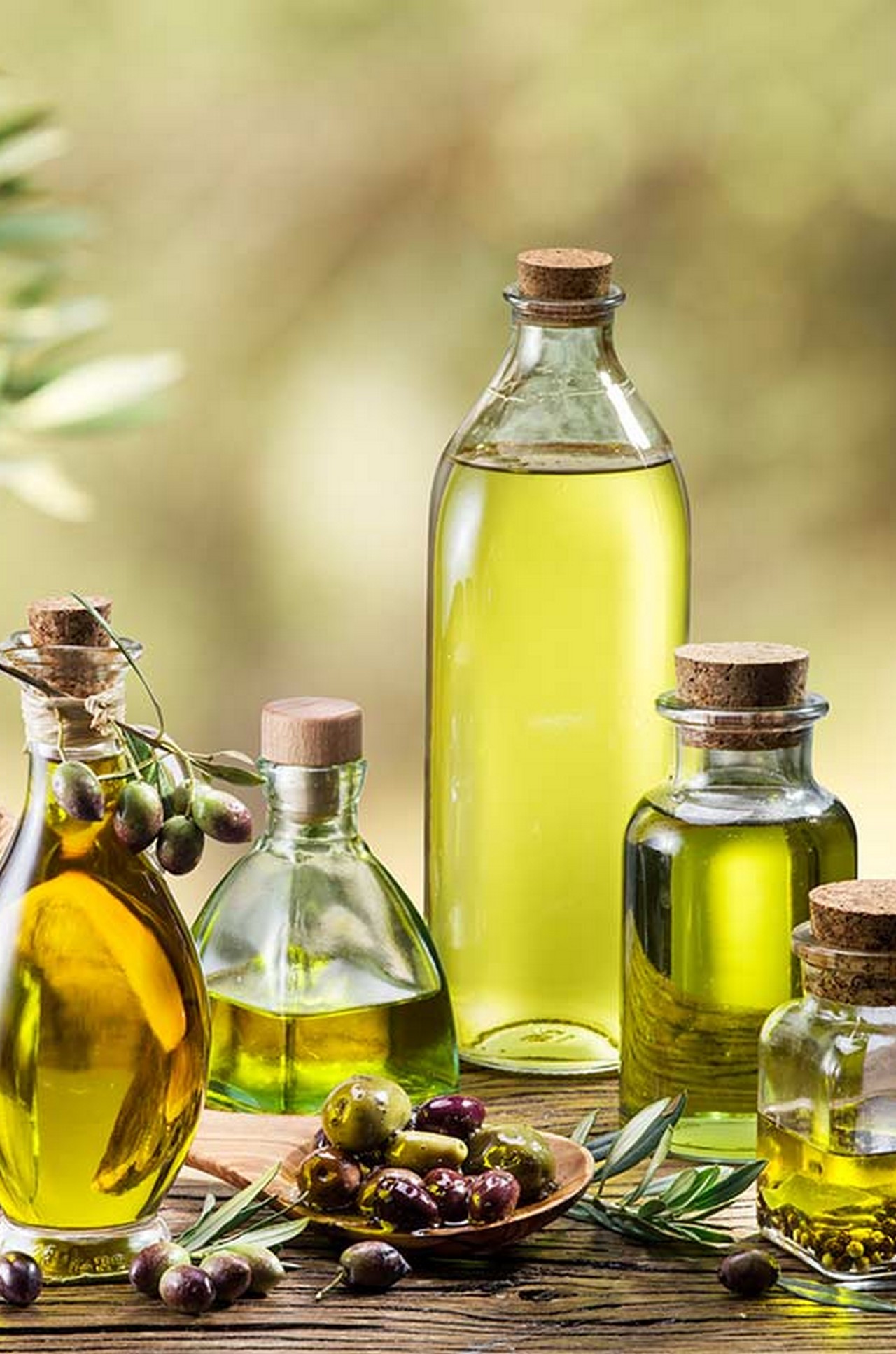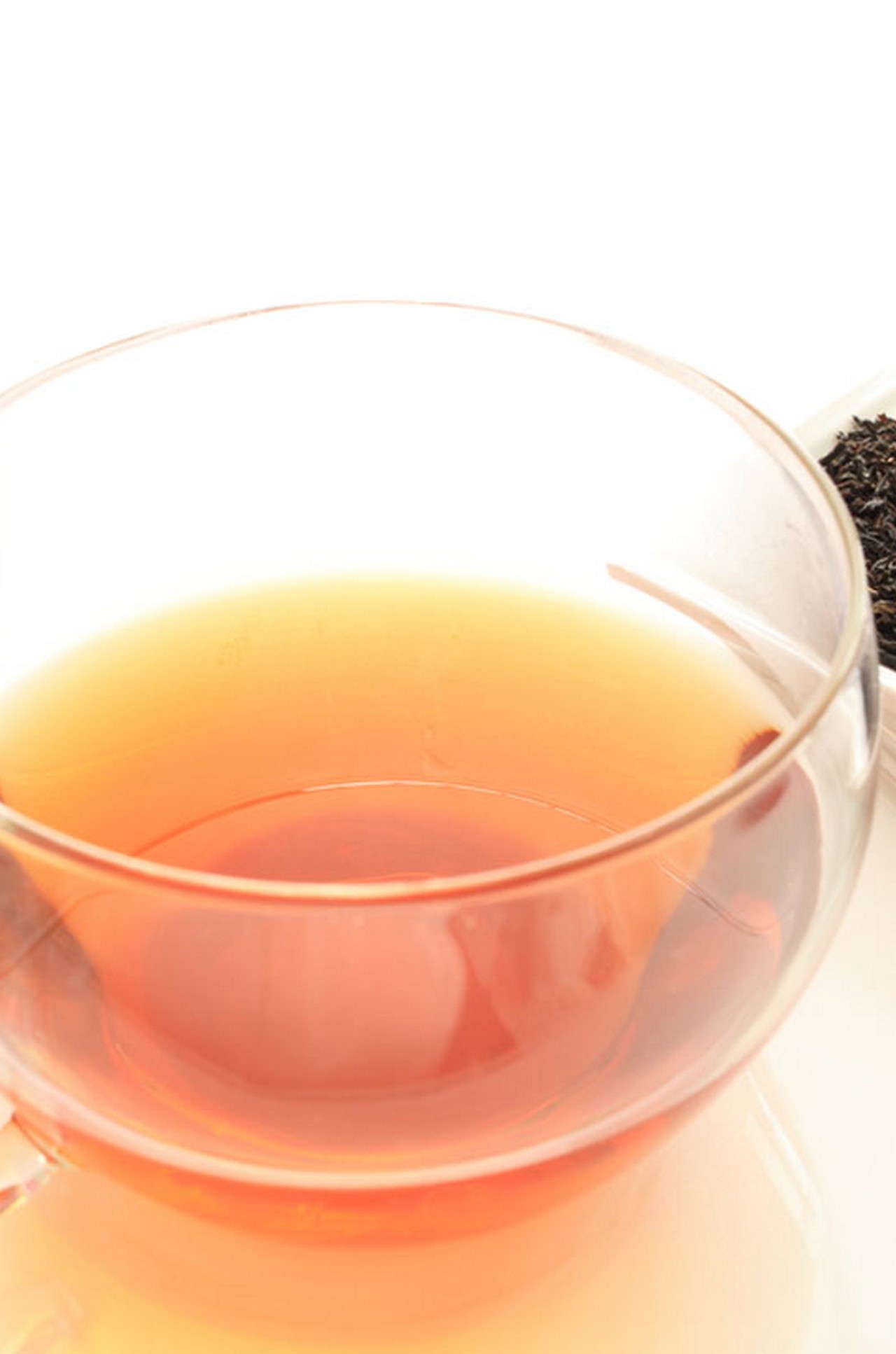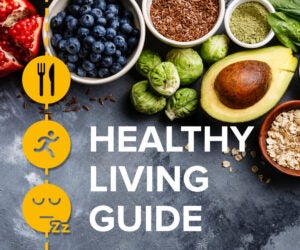
Omega-3 fatty acids are becoming increasingly popular for the array of health benefits they offer. These essential nutrients can impact the physical and mental well-being of an individual. Consuming foods rich in omega-3 fatty acids helps improve the functioning of cells and membranes (1). It also helps maintain the metabolism of glucose and cells. Studies also suggest that intake of omega-3 fatty acids for more than six weeks may increase the body’s metabolic rate and decrease total body fat (2).
In this article, we discuss the 15 foods rich in omega-3 fatty acids and their health benefits. Keep reading!
In This Article
What Are Omega-3 Fatty Acids?
Omega-3 fatty acids are polyunsaturated fatty acids that are essential for the body. Eicosapentaenoic acid (EPA) and docosahexaenoic acid (DHA) are the two major types of long-chain omega-3 fatty acids. Seafood is the main source of EPA and DHA (2).
The body also synthesizes small amounts of EPA and DHA from alpha-linolenic acid (ALA), an omega-3 fatty acid found in flaxseed, canola, and walnuts. The body also forms docosapentaenoic acid (DPA) –also a long-chain omega-3 fatty acid–when it breaks down (metabolizes) DHA (3).
A healthy adult should consume at least two portions of fish a week to obtain its health benefits, according to the UK Scientific Advisory Committee on Nutrition (4).
Learn about the health benefits of omega-3 fatty acids in the next section.
Health Benefits Of Omega-3 Fatty Acids
1. May Help Combat Depression
The deficiency of omega-3 fatty acids is linked to an increased risk of various psychiatric disorders, including depression (5). Depression is a multifactorial disorder, and depression due to insufficient omega-3 fatty acid intake can be of one type. People suspected to have this type of depression may respond well to a diet rich in omega-3 fatty acids with no significant side effects (6).
2. May Reduce The Risk Of Cardiovascular Diseases
Omega-3 fatty acids protect the heart and reduce the risk of cardiovascular disease by reducing high LDL cholesterol and blood clotting. The intake of omega-3 fatty acids may help reduce the risk of sudden death caused by cardiac arrhythmias (irregular heartbeat). Besides, it may also reduce all-cause mortality in people with known coronary heart diseasei XA heart condition in which plaque build-up can block the arteries from delivering blood to the heart. . Omega-3 fatty acids are also used to treat hyperlipidemia (high cholesterol levels) and hypertensioni XA common condition in which the force of blood against artery walls is higher than normal. It is also known as high blood pressure (HBP). – which cause cardiovascular disease (7).
The American Heart Association recommends at least one serving of fish daily for those with coronary heart disease. It also recommends two servings of fish per week for persons with no coronary heart disease (7).
3. May Help With Cancer Treatment
Inflammation causes tumors and their growth. Omega-3 fatty acids have anti-inflammatory properties, and their intake may increase the efficacy of chemotherapy. These fatty acids are shown to preserve muscle mass and function in cancer patients even during active treatment. A combination of chemotherapy and supplementation of omega-3 fatty acids may enhance the treatment outcome (8).
4. May Help Reduce Cholesterol
Elevated triglycerides (fats) may lead to hypertriglyceridemia (high-fat concentration in the blood). Managing LDL cholesterol levels helps manage triglycerides effectively. Omega-3 fatty acids like EPA and DHA are proven to reduce triglycerides levels (9).
StyleCraze SaysPeople on blood thinners must avoid taking omega-3 supplements to prevent drug interaction.
Why take supplements when you have other alternatives? Here are 15 foods you can eat to get omega-3 fatty acids naturally. Read on!
15 Foods High In Omega-3 Fatty Acids
1. Purslane
Shutterstock
Purslane (a leafy green vegetable) is richer in omega-3 fatty acids than spinach. Fresh purslane leaves (100g) contain about 300-400 mg of alpha-linolenic acid (10). Including it in your diet may help you get a sufficient amount of omega-3 fatty acids.
Related: Purslane Benefits And Side Effects: A Comprehensive Guide
2. Walnuts
Walnut is one of the healthiest nuts that contain the highest amount of omega-3 fatty acids (11). These nuts can also be a tasty addition to your diet.
Related: 20 Health Benefits Of Walnuts, Side Effects, & Cooking Tips
3. Brussels Sprouts
Brussels sprouts resemble miniature cabbages and are low in calories. They contain a significant amount of omega-3 fatty acids (12).
4. Soybean Oil
Shutterstock
The protein-rich soy is popular in many diets. Soybean oil is found to contain a significant amount of omega-3 fatty acids (13). However, more research is warranted to understand the benefits of omega-3 fatty acids from soy.
Related: The Benefits And Bright Side Of Soybean Oil
5. Seeds
Seeds like chia seeds flaxseed are high in omega-3 fatty acids. Their oil extracts are also used in omega-3 supplements. Sprinkling these oils or ground seeds over salads or smoothies is an easy way to include them in a regular diet (14).
6. Egg Yolks
Many people don’t prefer egg yolks due to their high-calorie content. But, they contain a significant amount of omega-3 fatty acids (15). So, add egg yolks to your diet in moderation.
7. Seaweed
Shutterstock
Seaweed is a great source of nutrients for people who prefer plant-based foods. They are rich in omega-3 fatty acids, which help prevent inflammatory, cardiovascular, and nervous system disorders (16).
8. Fish
Oily fish, fatty fish, cold-water fish, salmon, and mackerel are rich in omega-3 fatty acids. They are also rich in proteins and vitamins, and may help lower the risk of many health conditions (17).
9. Wild Berries
Different kinds of wild berries contain significant amounts of omega-3 fatty acids (18). They can be used as toppings on smoothies or consumed as an evening snack.
10. Oysters
Shutterstock
Oysters are rich in many nutrients. 100 g of oysters contain 188 mg of eicosapentaenoic acid (EPA) and 203 mg of docosahexaenoic acid (DHA) (19).
11. Scandinavian Caviar Paste
Scandinavian caviar paste is a spread naturally enriched with omega-3 polyunsaturated fatty acids (20). It is used in making sandwiches, tapas, soups, and as a spread on toasted bread.
12. Wild Rice
Wild rice grows in the shallow waters of North America and differs from brown and white rice. 100 g of wild rice provides 300 mg (0.3g) of omega-3 fatty acid (21).
13. Winter Squash
Shutterstock
Winter squash (100g) contains 26 mg of omega-3 fatty acids (22). This seasonal fruit can be a healthy inclusion in your diet.
14. Hemp Seeds
Hemp seeds are a rich source of omega-3 fatty acids. They have also been found to improve cardiovascular health (23). You can add them to smoothies and salads or consume raw.
15. Spinach
Spinach is a proven source of omega-3 fatty acids (24). You can make spinach dishes or add some spinach leaves to your juices or smoothies.
StyleCraze SaysOmega-3 deficiency can also affect your skin health. Low levels of omega-3 fats can make your skin rough and scaly and may also cause itchy rashes (25).
In the next section, we discuss how much omega-3 fatty acid you need in a day. Read on!
How Much Omega-3 Fatty Acid Do You Need Per Day?
The required intake omega-3 fatty acids varies from person to person. However, it ranges between 200-500 mg (both EPA and DHA) per day for adults (26).
Pregnant women need 650 mg of omega-3 fatty acids every day, of which 300 mg should be DHA. Depending on the omega-3 content of the seafood consumed during the week, pregnant women would need an additional 400 to 550 mg of omega-3 PUFAsi XShort for polyunsaturated fatty acids, they are essential for cell growth and are obtained from external nutritional sources. (EPA and DHA) daily. Of this, about 225 mg should be DHA (27).
Anthony Puopolo, Chief Medical Officer and Physician at LifeMD, says it is in general agreement that 250-500mg of omega-3 fatty acids is a healthy amount for adults to consume daily. This can be achieved simply through diet or through fish oil tablets or other supplements.
The Final Takeaway
Omega-3 fatty acids are essential nutrients that offer an array of health benefits. Consuming foods rich in these fatty acids helps treat depression and enhance cancer treatment outcomes. They may also lower cholesterol levels and reduce the risk of cardiovascular disease. While many people prefer taking them in supplemental form, they can also be consumed through the foods listed above. Add any of these foods to your diet to meet your daily requirement of omega-3 fatty acids.

















